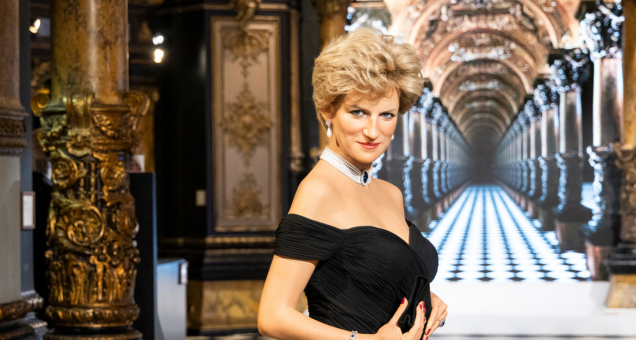
Elite Traveler explores the wonders of The Seychelles / ©Shutterstock
Of the 115 islands in the Seychelles, just four are inhabited, and the majority are so minute that you have to zoom in on Google Maps just to see them. But these archipelagos dotted throughout the Indian Ocean are utterly spellbinding: volcanic rock dating back hundreds of millions of years; thick, lush rain forest; jagged mountains; granitic boulders; and impossibly perfect beaches with rolling waves and a salty tang in the air. The wild, rugged coastlines will capture your heart, as will the laid-back and ultra-friendly locals.
Mahé is the largest (and busiest) island and is a great base for exploring the other, quieter islands and enchanting beaches. Each island has its own microclimate, but there’s never a bad time to go; the temperature hovers around 86 degrees year round. Rain clouds encircle the tops of the mountains, creating misty halos around the peaks; they’ll occasionally venture down for a quick downpour and, if you’re lucky, an epic lightning show.
The four islands that are inhabited by humans still reserve over 90 percent of the land for vegetation and wildlife. There are crabs as big as your forearm scuttling around at night, grey herons fishing, endemic birds soaring through the sky, as well as friendly Aldabra giant tortoises and hawksbill turtles roaming the forests and beaches (seeing these turtles hatch is a once-in-a-lifetime experience).
While the inhabited islands are everything you’d expect from a paradise island, what’s truly interesting and rather impressive is the country’s strong conversation efforts — the government of Seychelles has chosen to uphold sustainability and conservation above tourism. Many resorts bottle their own water, use sustainable energy and are committed to protecting the country’s wildlife. In fact, over half of the total land area is under natural conservation (a world record) so you can be sure your dollars are going to a great cause, helping to preserve this authentically beautiful paradise.

Aldabra giant tortoises roam free on many of the islands
Creole Cuisine
The Seychelles is a vibrant merging of different cultures — African, British, French, Indian and Chinese — and as a result, the cuisine is a unique Creole blend with flavors taken from each place. Of course, the fish is as fresh as can be and flavored with spices grown on the island. Salted fish, or pwason sale, is a local favorite. On Mahé, locals and tourists alike head to Marie Antoinette — it is so beloved it was named a national monument.
This is as traditional as you can get: The restaurant opened in 1972 and still has the same menu. Order the fish stew or chicken curry with some crispy eggplant fritters. La Grande Maison, also on Mahé, serves scrumptious dishes surrounded by lush flora and fauna with a side of live music. It is located within the Takamaka Rum Distillery on a 230-year-old sugar plantation, so rum is often used in the cuisine: juicy prawns in rum sauce and yellowfin tuna in white rum. For something really authentic, order the fruit bat curry.
Where to stay:

